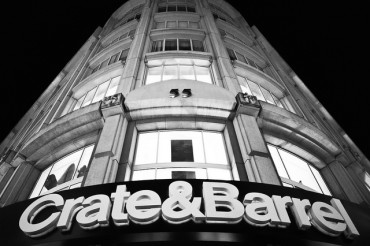
The report shows that the right strategies coupled with the right technologies (like AI and automation) can help make all the difference when businesses are attacked.
The average cost of a data breach has increased for the third year in a row, according to IBM’s Cost of a Data Breach Report 2022, with organizations forking out $4.35 million in 2021, a 2.6 percent increase on the previous year.
In 2021, 83 percent of the 550 organizations surveyed by the Ponemon Institute had more than one data breach. This led to 60 percent of organizations increasing the price of their product to cover the costs of the data breach.
SEE ALSO: AI in Cybersecurity Report Predicts Market Growth
In terms of industry, the average cost for a healthcare data breach was by far the most costly. Healthcare data breaches on average cost $10.10 million, a 9.4 percent increase on the previous year. This is almost double the financial industry, which was the next most costly industry, with the average data breach costing $5.97 million.
For the 12th year of the report, organizations based in the United States spent the most to cover a data breach, with the average total cost being $9.44 million. The Middle East region had the second highest average data breach cost. Brazil had the fastest growing rate of data breach cost, rising 27.8 percent in 2021 to $1.38 million.
Many industries are unprotected from the various cyberattacks out there, which makes fixing the breach so expensive for organizations, who may need to purchase new services to prevent another attack. IBM said that organizations with fully deployed security AI and automation saved on average $3.05 million than those which hadn’t set any of this up.
Another cost saving was the use of an incident response team and the regular testing of this plan. According to IBM’s report, the 63 percent of respondents that said they regularly tested their incident response plan saw cost savings of $2.66 million on average.
“Businesses need to put their security defenses on the offense and beat attackers to the punch,” said Charles Henderson, Global Head of IBM Security X-Force. “It’s time to stop the adversary from achieving their objectives and start to minimize the impact of attacks. The more businesses try to perfect their perimeter instead of investing in detection and response, the more breaches can fuel cost of living increases. This report shows that the right strategies coupled with the right technologies can help make all the difference when businesses are attacked.”
The deployment of AI and automation is still not a common occurrence across industries, with 79 percent of critical infrastructure organizations stating they had not set up zero trust architecture. This is critical, as 45 percent of breaches were cloud-based, the highest percentage since IBM started publishing the report.





























